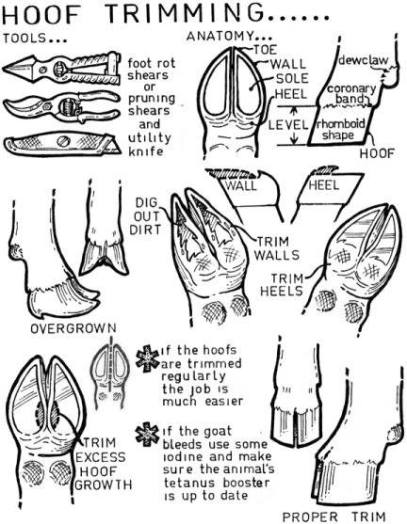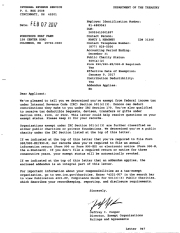Hoof Care
- When is the best time to do their hooves - NIGHT TIME! Get them while they are relaxed!
- How far do you file down - you want to get close to the quick without actually hitting it. View the photos on good hooves for some excellent examples!
- How often - I recommend one hoof a week that is 4 a month! :) Always stay on top of them!
- Top of hoof - you want to keep the angles right
- Tips for black hooves - FLASH LIGHT! :) Keep them groomed will help as well.
- Styptic powder (corn starch) - will stop the bleeding if you hit the quick.
- Tricks to help - start young, touch their feet often, make it a positive experience.
- Vitamins/minerals for hooves - using hooflex for hooves with issues can help with cracks
- Soak in water - yes this can help soften the nail and or the hoof pad.
- Age - start young! Some people have reported that the hooves harden with age and staying on top of it while they are young will always keep you ahead!
- Things that help keep them short - cement, pavers, walking, regular activity
- Large pigs - it is even more important, the bigger the pig to keep on top of their hoof care.
- Dew claws - also need to be taken care of
- Kkeeping them still - forking, sedation via vet, flip method
Step 1: Trim the Toes
Use nippers to reduce toe length. Do this in several increments, inspecting the end of the toe after each cut to determine if another cut can be done safely. The ideal toe length is about 50 mm. With some sows, there may be one overgrown toe on the foot, and one very short (stunted) toe. In these cases, you may not be able to reduce the long toe to match the length of the short toe.
Step 2: Straighten the Wall
Toe overgrowth often curves or buckles the dorsal wall, making it concave. Use the angle grinder to straighten the wall by removing excess wall horn below the area where buckling occurs. The wall should be straight from the coronary band to the bearing surface.
Step 3: Balance the Sole and Heel
Use the grinder to reduce the sole depth. The objective is to have a flat and level sole area across both claws for functional weight bearing of the foot. It is common for the outside (lateral) claw to be more overgrown than the inside (medial) claw, so the lateral claw will need more sole horn removed. The medial claw often only needs flattening, with minimal sole horn removal. If the heel is overgrown, remove soft tissue with the grinder or hoof knife. The outside heel is often more overgrown than the inside heel, but with care these can be made even (except in cases where the inside heel is small and underdeveloped). The heel should not be trimmed all the way flat to match the sole, as it acts as a ‘first impact’ shock absorber when the sow walks.
Step 4: Trim Dew Claws
Overgrown dew claws are prone to injury and can interfere with normal locomotion of the sow. An ideal dew claw horn should be approximately 20 mm long. Use the nippers to reduce dew claw length. Do this in increments until a satisfactory length is obtained. Use the angle grinder to round off the end of dew claws. Good Foot Example Use a sharp hoof knife to remove loose and undermined horn to the point where reattachment of the horn with the underlying tissues becomes evident. This procedure should be done with care as to avoid damage resulting in hemorrhage and damage to the underlying corium.
Caution: Do not draw blood from the claw when trimming. If you draw blood, you have trimmed too aggressively and have penetrated the corium. It is better to leave a little extra horn than to remove too much.
Reprinted with permission. ©Nicole Cox, Just Mini Pigs FB Group









